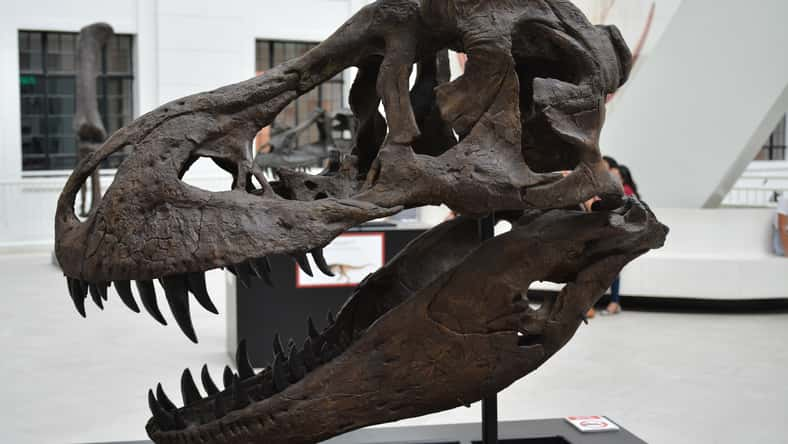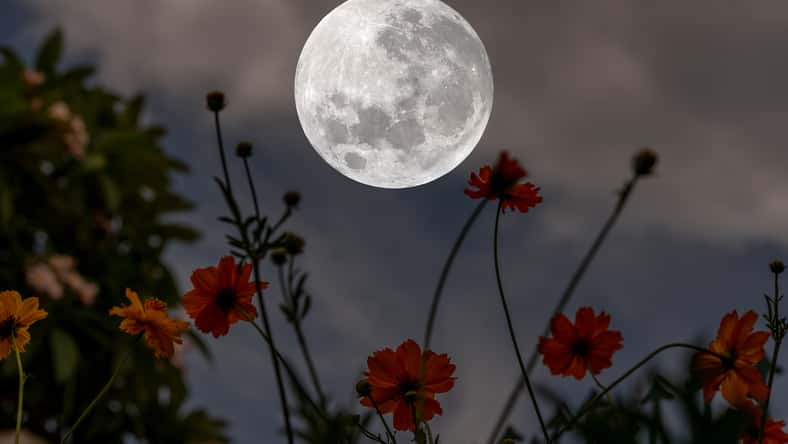
On Mars, a mysterious pit on the side of an ancient volcano has been discovered. The hole has been the source of lots of excitement because of its potential to lead to a larger underground cavern beneath the surface of the Red Planet, which could provide shelter for astronauts in the future.
The image of the pit was captured by NASA’s Mars Reconnaissance Orbiter (MRO) in 2022. It is about 159 miles above the surface and is in the Arsia Mons area of Mars. The Arsia Mons is one of three dormant volcanoes in the Tharsis Montes group.
The Tharsis Region is a vast plain that is around 33,000 feet above the average elevation of the planet. In the past, it was volcanically active, which resulted in features like the pit. The hole is not the only one of its kind.
There are many holes that can be seen on the other volcanoes. They may be collapsed skylights or deep lava tubes that formed underground when the volcanoes were still active.
This particular pit appears to be a vertical shaft and is found on a lava flow on the volcano Arsia Mons. Its nature is difficult to determine. Experts are unsure whether the hole could be a lava tube because Martian lava tubes are still a pretty big question mark.
When a volcano is active, underground channels of lava flow away from it. The channels empty when the volcano grows extinct, leaving behind long, underground tubes.
These tubes are found not only on Mars but on Earth and the moon as well. Since gravity on Mars is much weaker than on Earth, that should allow for much larger lava tubes.
If the crust is thin enough, the ceiling of the tubes can collapse. When the entirety of the ceiling collapses, a rille or a long trench is formed. If just small areas collapse, that results in pits like the one on Arsia Mons.
Scientists are intrigued by the pits because they offer possibilities of shelter for astronauts. Mars has a thin atmosphere and does not have a global magnetic field, so it cannot deflect radiation from space like Earth can.

In addition, the radiation exposure on Mars is an average of 40 to 50 times greater than on Earth.
The pits are also of interest because they might have been places of shelter for Martian life in the past. Maybe life still exists there today. The full depth of the pits is a mystery, though.
Do the pits open up into a large cavern? Or are they just small depressions?
Some images of Martian pits have been taken when the sun is high enough to shed light on the sides of the pit’s walls.
The images show what looks like shafts going straight down into the flank of the volcano, indicating that they are unlikely to open into larger caves.
On the moon, the bottom of some pits are strewn with boulders, which gives the impression that they could lead to larger subterranean refuges.
Another explanation for the pits is that they might open up into spaces where underground rivers used to flow billions of years ago.
Perhaps future missions to Mars can clear up all this speculation and provide concrete answers.
Sign up for Chip Chick’s newsletter and get stories like this delivered to your inbox.












